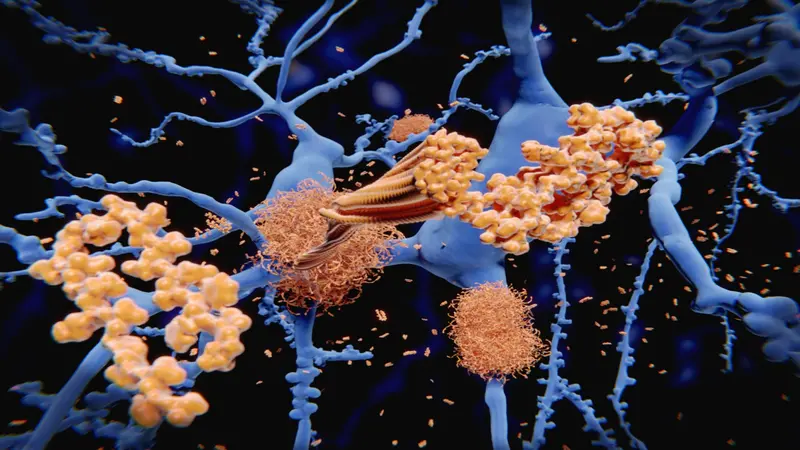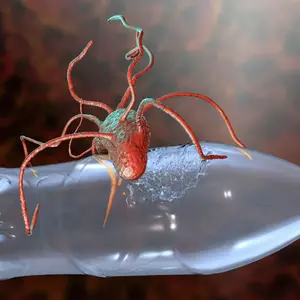

Emerging

Emerging
Potential New Alzheimer's Biomarker Identified
A protein called translocator protein (TSPO), found on the outer membrane of mitochondria, has long been used as a marker of inflammation in the brain. Now, researchers at Florida International University (FIU) say TSPO could help detect Alzheimer’s disease years before memory loss and other symptoms begin—potentially opening the door to earlier diagnosis and better treatment options.
In the study, researchers uncovered what may be one of the earliest biological signs of Alzheimer’s: a sharp increase in TSPO levels in a part of the brain critical for memory, called the subiculum.
Using advanced imaging tools, the team tracked TSPO levels in mice genetically engineered to develop Alzheimer’s. They found that TSPO rose in the subiculum as early as six weeks of age (roughly equivalent to 18–20 years old in humans), and rose to higher levels in female mice. This rise occurred alongside the earliest buildup of the amyloid-beta plaques associated with Alzheimer’s, long before any signs of memory loss.
The increase in TSPO came from microglia, the brain’s immune cells, especially those clustered around plaques. These plaque-associated microglia had much higher TSPO levels than others.
To see if this phenomenon also holds true in humans, the team analyzed brain tissue from Colombian families with a rare genetic form of early-onset Alzheimer’s. The same elevated levels TSPO pattern appeared in microglia surrounding plaques.
TSPO is already used in PET (positron emission tomography) scans to detect inflammation. This study suggests it could also serve as an early warning sign of Alzheimer’s, and possibly a new treatment target.
The researchers are now studying mouse models that lack TSPO entirely to better understand whether the protein helps protect the brain or contributes to damage, while expanding their work to include the far more common, late-onset form of the disease.
REFERENCES
Martinez-Perez, D. A., McGlothan, J. L., Rodichkin, A. N., & et al. (2025). Amyloid-β plaque-associated microglia drive TSPO upregulation in Alzheimer’s disease. Acta Neuropathologica, 150(6). https://doi.org/10.1007/s00401-025-02912-4
Florida International University. (2025, September 22). Hidden brain signal reveals Alzheimer’s years before symptoms. ScienceDaily. Retrieved October 17, 2025, from https://www.sciencedaily.com/releases/2025/09/250922074952.htm


 By
By






